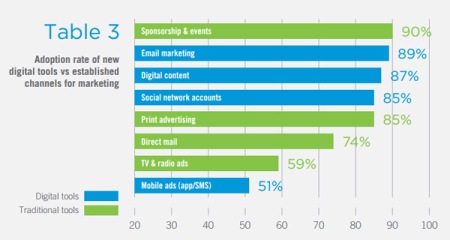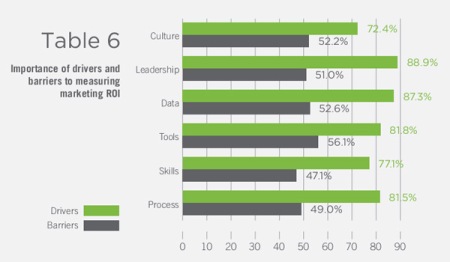Have you ever considered that viral videos might tickle your taste buds, say for a burrito? Well, Chipotle thinks they do.
Chipotle elegantly combines the art of storytelling, and the branding imperative of cause marketing to communicate its quest for wholesome, sustainable food. With over 12 million views on Youtube since it was posted in September 2013, Chipotle’s “The Scarecrow” has created quite a buzz. So what are the critics saying? As expected, much of the reactions spawned by the video’s release have been mixed; some fault it for misrepresentation of sustainable farming, some regard it a triumph, and others perhaps as a misstep in brand recognition. Chipotle’s first messaging on sustainable practices, “Back to the Start,” and more recently a four part series on Hulu, “Farmed and Dangerous“, also stoked both praise and controversy.
From a marketing perspective, one of the most intriguing of the critiques suggests that the lack of explicit branding or brand placement is harming the video’s effect on sales. This decision, however, may have very well been deliberate; done in order to appeal to a vital consumer demographic: Millennials – 86 million strong and $1.3 trillion in direct annual spending. Like Chipotle’s mission statement — “food with integrity” — The Scarecrow film aligns to the company’s sentiment that food (and ultimately the brand itself) should be simple and unadulterated. This messaging resonates with Millennials who gravitate to companies that take a genuine and holistic branding approach to making the world a better place. Through digital storytelling and minimal focus on Chipotle itself (and rather our food system), the film ultimately motivates purchasing behavior of Millennials who want to actively contribute to a brand with a strong purpose as opposed to the company’s bottom line. “Millennials view the lack of TV as more authentic,” said Carol Phillips, adjunct marketing and branding instructor at University of Notre Dame. “Millennials are likely to dismiss a lot of claims. They’re responding to everything the brand does and says.”
Plus sales growth doesn’t seem to be an issue, as Chipotle announced first quarter results on April 17th, with revenues of $904.2million, an increase of 24.4% from its prior year period and 7% from the fourth quarter of 2013. With numbers like these, it’s hard to make the case that the Scarecrow video produced a negative ROI.
Over the last six years, the role of social responsibility tied to purchasing decisions — and an awareness of which companies have joined the movement and which have not — has been a growing trend across consumer groups. Millennials are no exception. What’s more is that they expect what is called the reciprocity principle; a two-way mutual relationship with companies and brands. As a result of this engagement, Millennials are influential consumers and marketers in their own right and are significant indicators in consumer trends and behaviors.
Millennials are one of the most socially conscious generations and the most active on social media accounting for 47% of Facebook users, 68% YouTube, 34% Instagram, and 31% Twitter. Products or services that fail hit a high note with Millennials can quickly become a subject of negative feedback reverberating within the realm of social media. However, the risk/reward is huge for any company that embraces this new environment and leverages Millennials who are likely to project via social media their purchasing decisions and brand affiliations. In a recent article published by the Boston Consulting Group, the point is made that, “companies need to make marketing to Millennials a top strategic priority” and “move from push communications to two-way open dialogue.” Since 2009, Chipotle has taken this strategy to heart and sought to demonstrate that when you buy their burritos, you are “doing good” and acting as an agent of change.
Despite individual opinions of Chipotle and its videos, Crimson Hexagon, a leading social media data intelligence company conducted a study of the Twitter conversations following the video’s launch and found that 98% were positive, with 12% claiming the ad revolutionary and having set the standard for value-based advertising. But some may wonder if the championing of sustainable farming is a sustainable strategy for the Chipotle brand. When considering a brand holistically, it is important to remember that some of the most iconic brands, Coca-Cola and Apple, were not built in a day. Cause marketing takes time to become part of a brand’s DNA because consumers need not only to believe in the cause, but believe that the brand itself is actually putting its burrito where its money is.
BY JENNIE MILLER ’15






